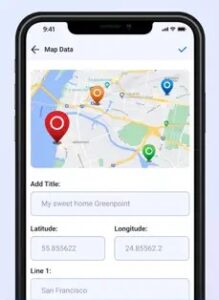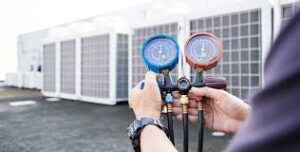So, you’ve heard of telematics tracking systems, right? The concept probably brings to mind blinking GPS dots chasing each other on a map, like a game of high-stakes Pac-Man. But dig a little deeper. There’s a lot under the hood—data, sensors, a bit of magic (okay, technology), and more moving parts than a quirky Rube Goldberg machine. Today, let’s zoom in on how these telematics tracking systems are driving fleets and businesses into the fast lane.
First off, what even is this? Imagine a digital observer tagging along with every vehicle in your fleet. It records speed, idling, location, engine health, fuel use, and more. Install a small device in the vehicle, and suddenly, every hiccup, every acceleration, every hard brake is uploaded to the cloud. Business owners and fleet managers crack open their laptops or whip out their phones and boom—they see it all, as if they have eyes everywhere.
Here’s a quick anecdote: There once was a delivery company whose vans kept guzzling fuel. At first, they blamed traffic. Then, with telematics tracking systems, they realized the real culprit was way too many pit stops for snacks and unplanned mini detours. Surprise! The system showed the exact routes, stop durations, and driver habits in a dashboard easier to read than morning comics. Fewer snack stops, better fuel economy.
Of course, reducing unnecessary fuel burn isn’t the only trick up telematics’ sleeve. Some insurance providers offer discounts to fleets using telematics. Why? Because they believe data beats luck. Safe driving behaviors popped up through the system can mean lower premiums. Who wouldn’t smile at that?
Here comes the human element. Drivers might get jittery about Big Brother syndrome—“Are they watching me?”—but two-way communication fosters trust. With data in hand, conversations shift. “Frank, why did you floor it out of the parking lot like your pants were on fire?” becomes, “Hey, I noticed a couple of harsh accelerations yesterday—everything good with the van?” It’s monitoring, sure, but also coaching, sometimes even saving jobs by highlighting improvement over time.
Maintenance is another curveball. Telematics isn’t just watching routes; it’s eavesdropping on engines. Warning lights pop? The system sends an instant SOS to the maintenance crew. No need to wait for a coughing radiator or a feeble starter. Vehicles spend less time benched and more time earning their keep. Even scheduled maintenance becomes more efficient, as mileage and hours are tracked with wizard-level precision.
Privacy and data security: hot buttons. No sugarcoating it. With all this tracking, concerns fizz to the surface. Making transparency a priority—explaining exactly what’s collected and why—cures most headaches before they start. Plus, choosing systems with encrypted data adds that extra safety net. It’s like baby-proofing your house for data.
Growing a business means pinching pennies without squeezing people too tightly. That’s what a solid telematics tracking system can help you do. Lower costs. Improve safety. Reduce downtime. Boost trust. It’s not a magic bullet, but it’s not snake oil either.
And remember, those games of Pac-Man from earlier? At the end of the quarter, managers can check out reports and easily spot who’s munching up miles like ghosts and who’s keeping those dots cruising along the most efficient paths.
Implausible? Maybe a decade ago. Now, telematics tracking system technology is the difference between running blind and running smart.














